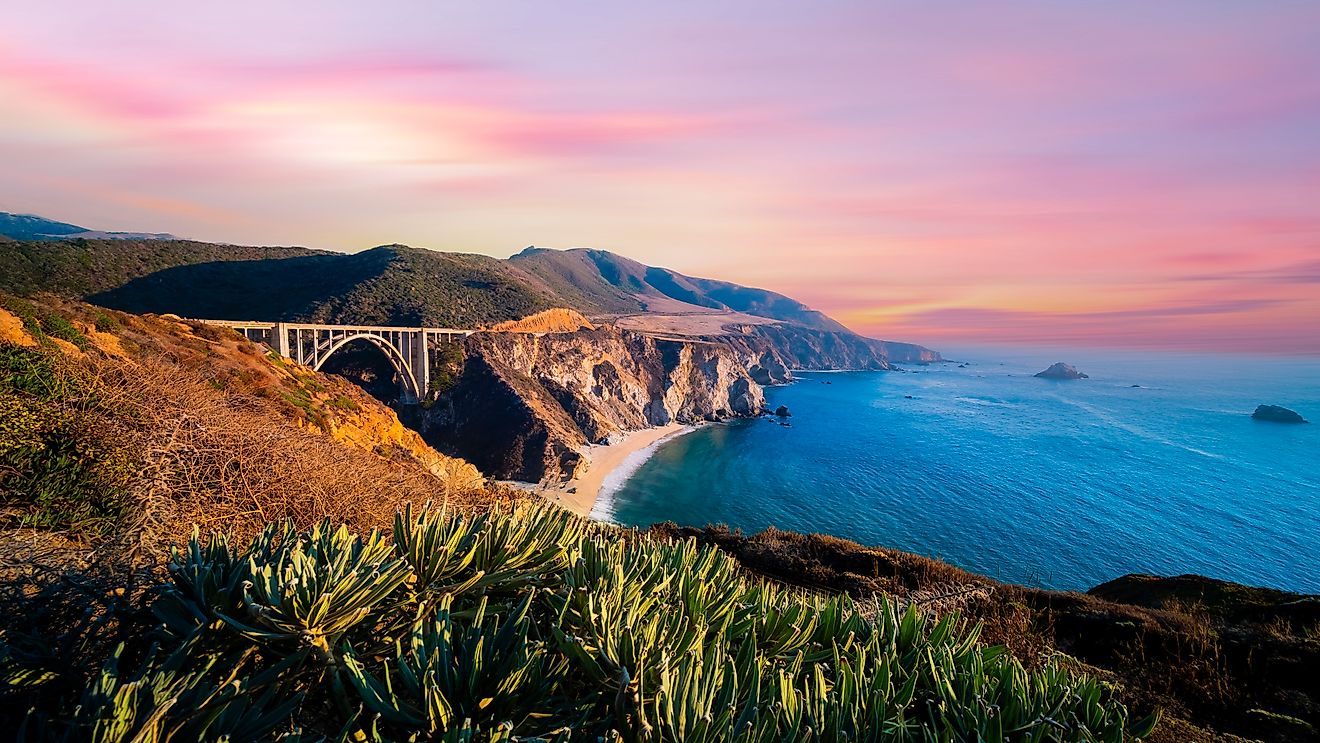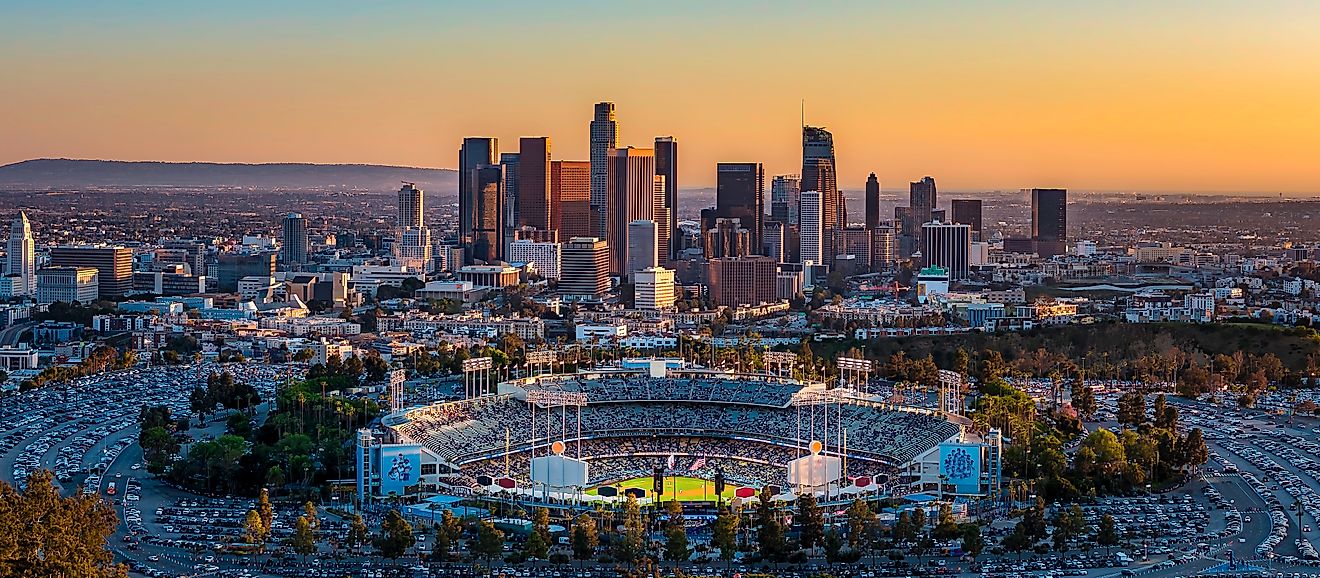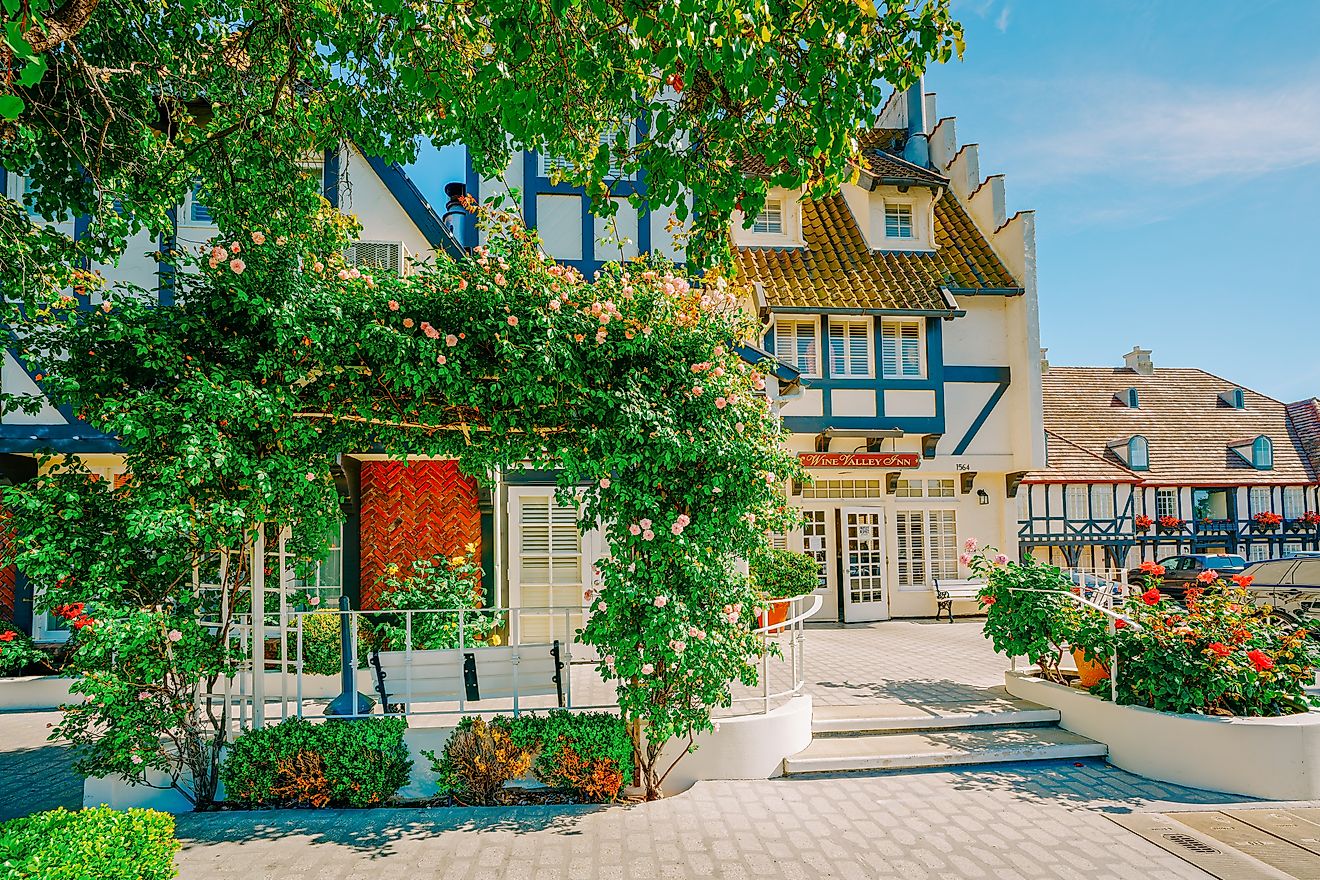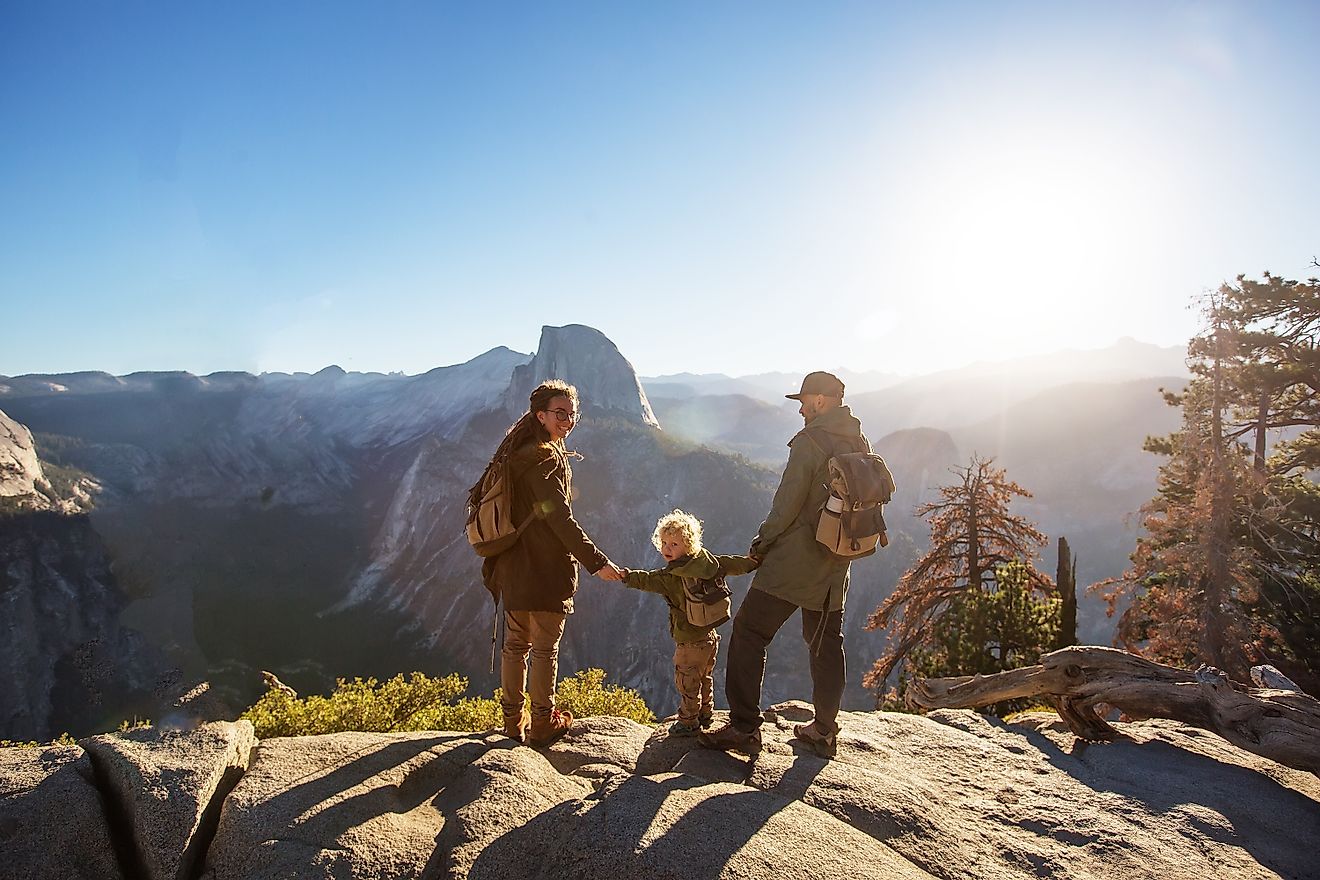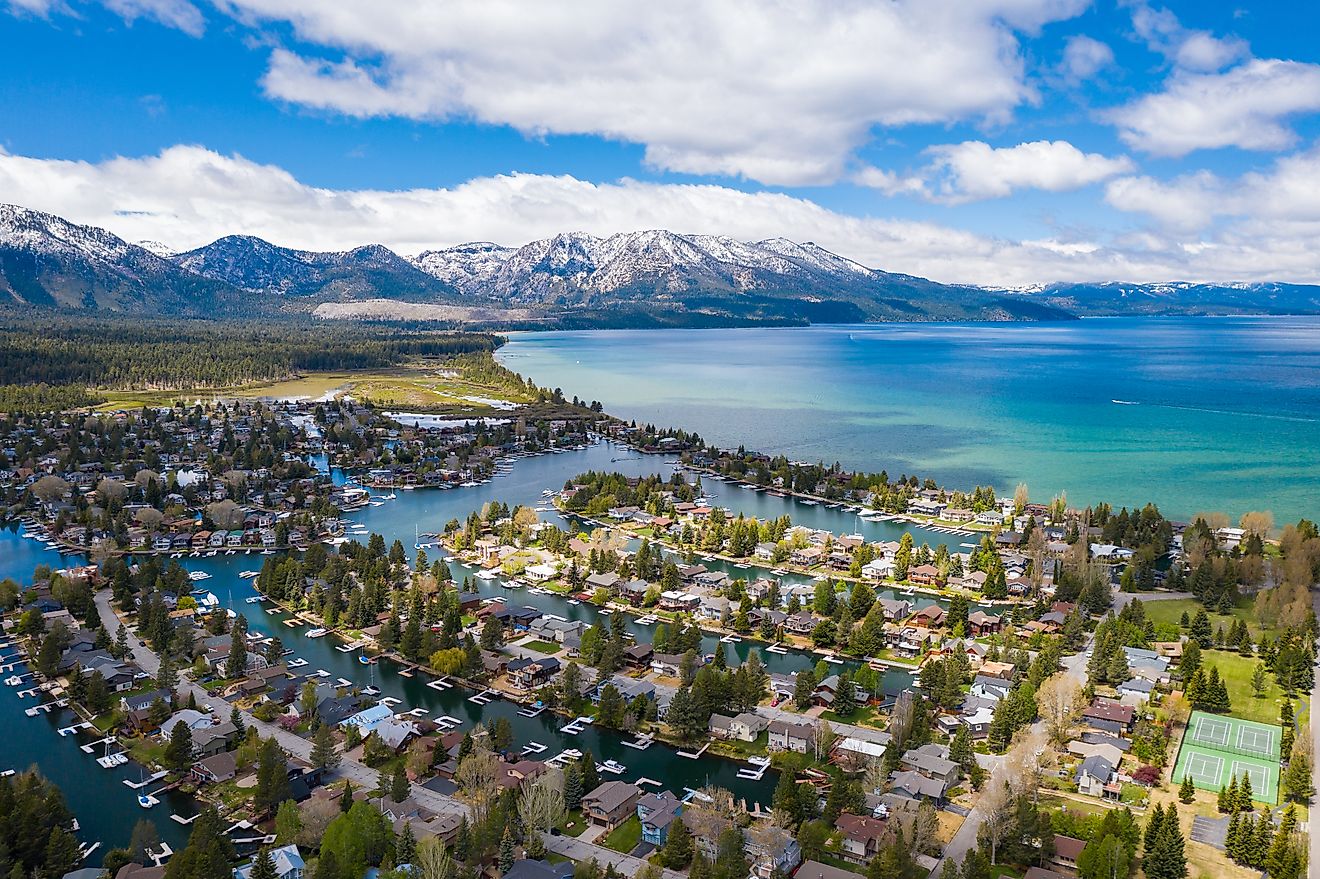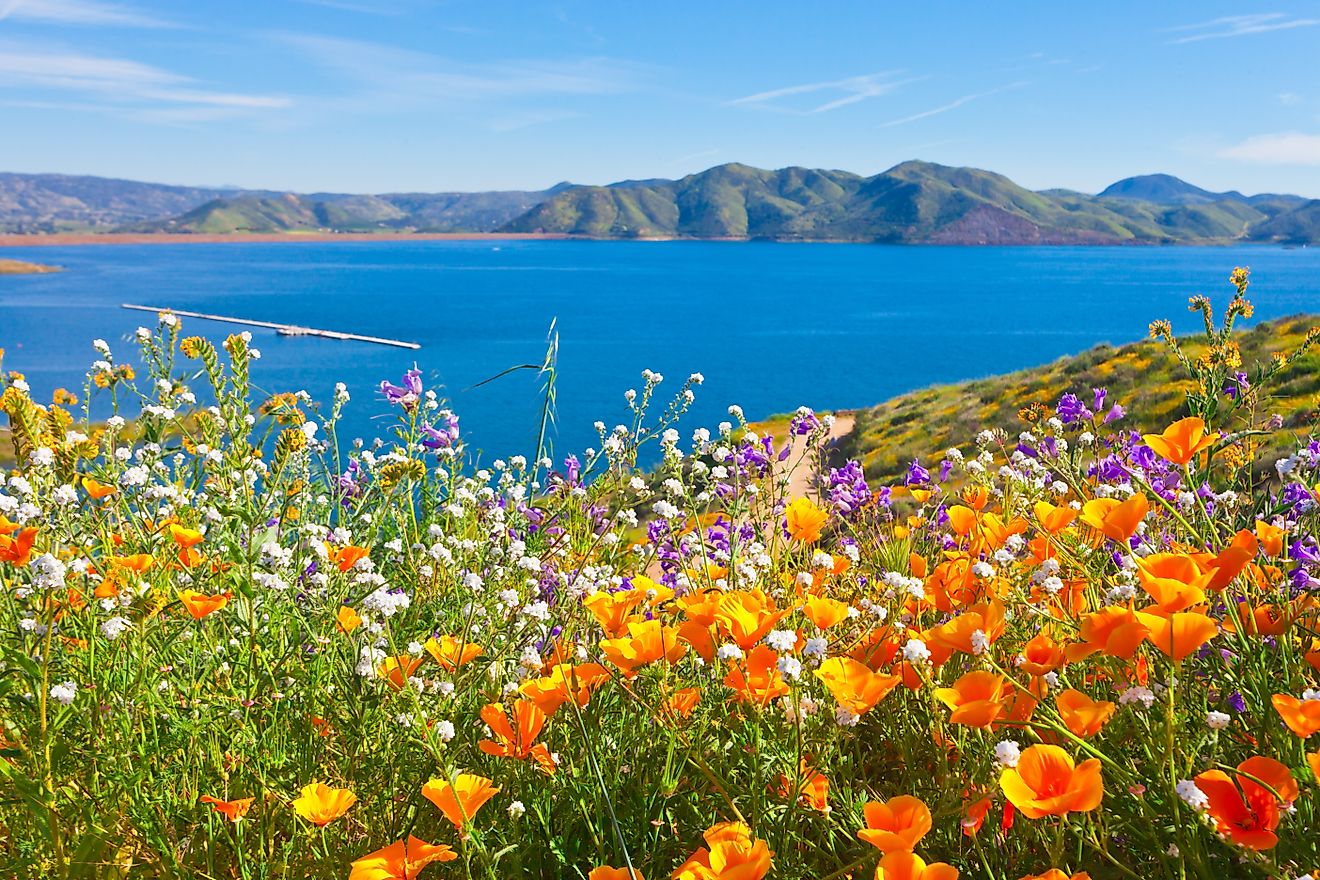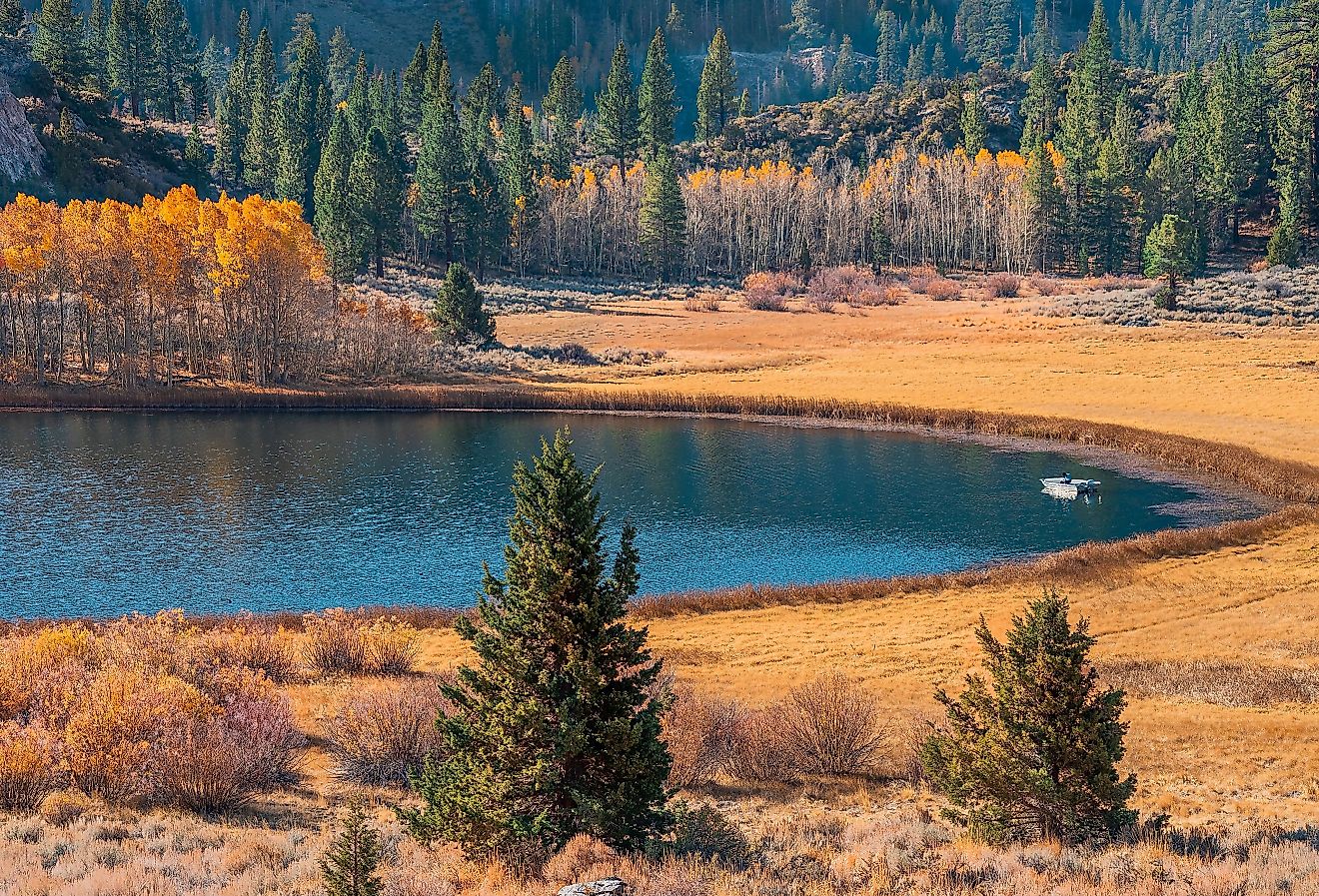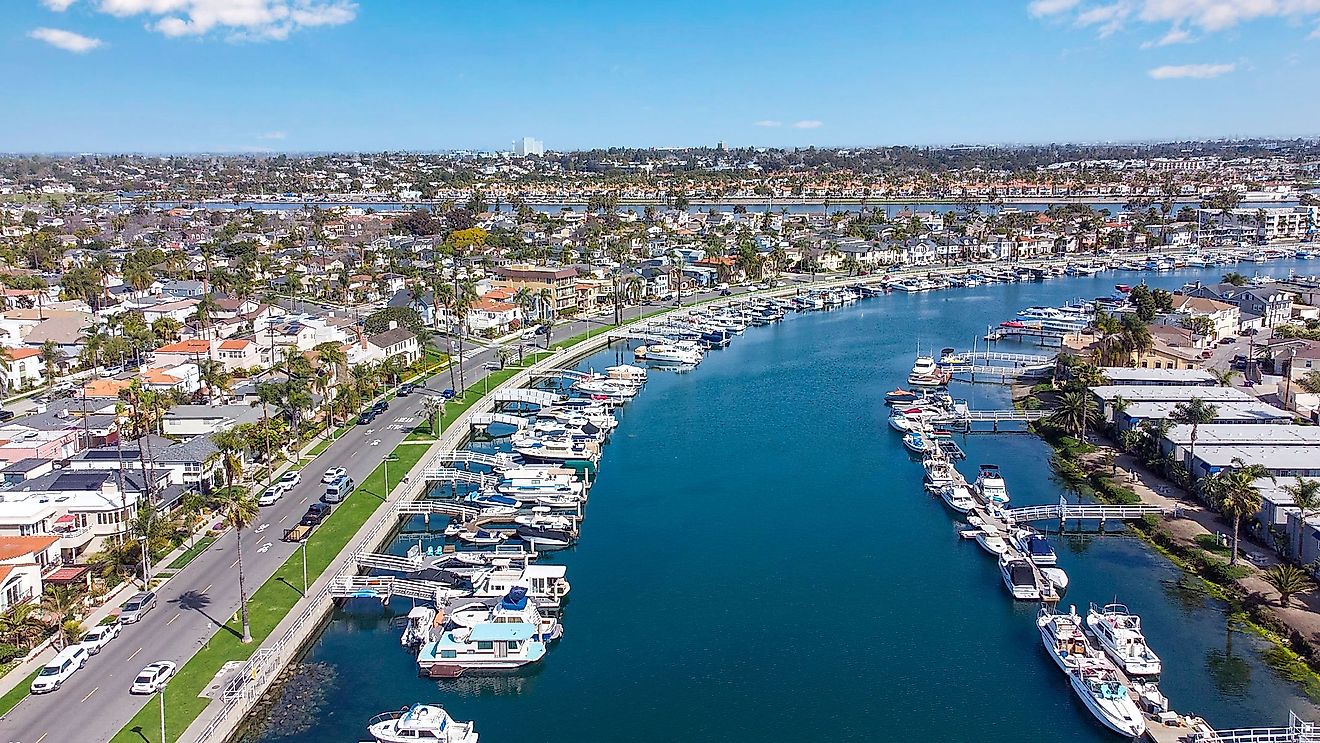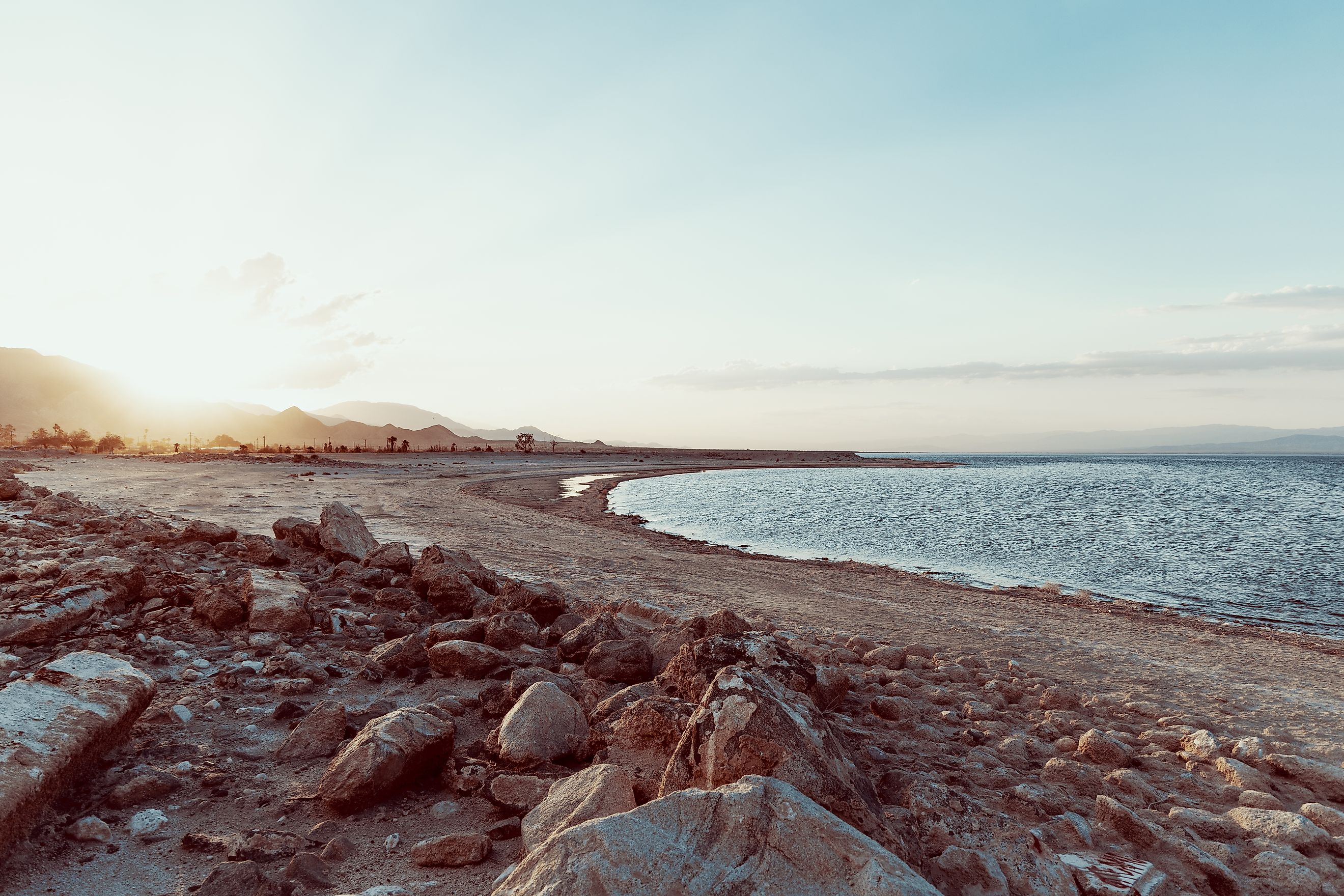
Salton Sea, California
The Salton Sea, located in Southern California’s Imperial and Riverside counties, is one of the most unusual and troubled bodies of water in the United States. This highly saline, landlocked lake spans roughly 318 square miles and sits in the lowest part of the Salton Trough, a geological depression that also houses the San Andreas Fault. Once a thriving tourist destination, the Salton Sea today represents one of California’s greatest environmental and public health challenges.
A Geological Legacy Millions of Years in the Making
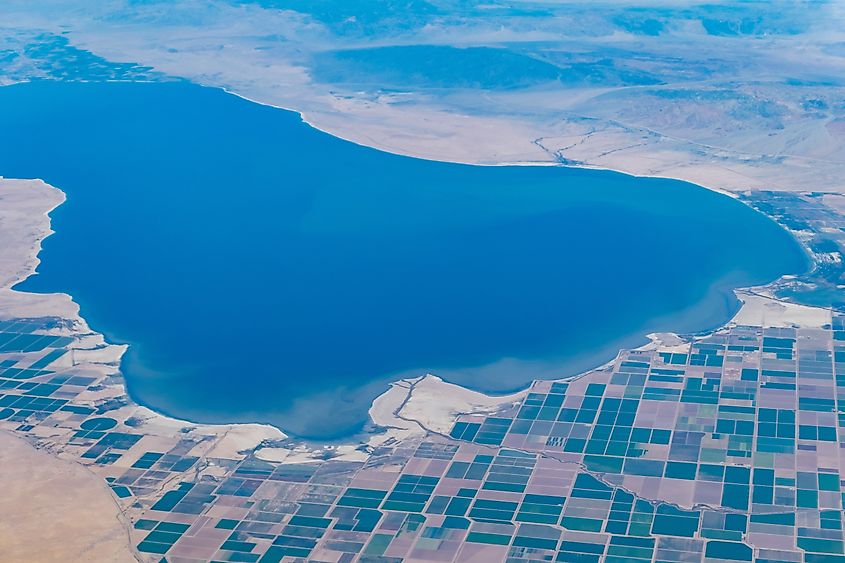
The story of the Salton Sea begins long before California became a state. Over millions of years, the Colorado River deposited rich sediment in what is now the Imperial Valley. The river would periodically change course, sometimes emptying into this desert basin and creating an enormous freshwater lake. Other times, it would bypass the valley entirely, leaving the lake to dry up and turn into salt-crusted desert.
This cycle created what was known as Lake Cahuilla, a prehistoric freshwater lake that once stretched across 2,000 square miles, six times the size of the modern Salton Sea. Archaeological evidence reveals the presence of Native American settlements around its shores. Tribes such as the Cahuilla lived off the land, eating fish, birds, and small mammals, and gathering plants like bulrush and mesquite.
The last filling of Lake Cahuilla likely occurred in the 1600s. By the early 1700s, the basin had dried once again, leaving behind a salt-encrusted sink. Spanish explorers, railroad surveyors, and settlers all noted the dry lake bed. By the late 1800s, the area was used for salt mining and appeared on maps as Salton Sink or the Cahuilla Valley.
The Modern Salton Sea Is Born
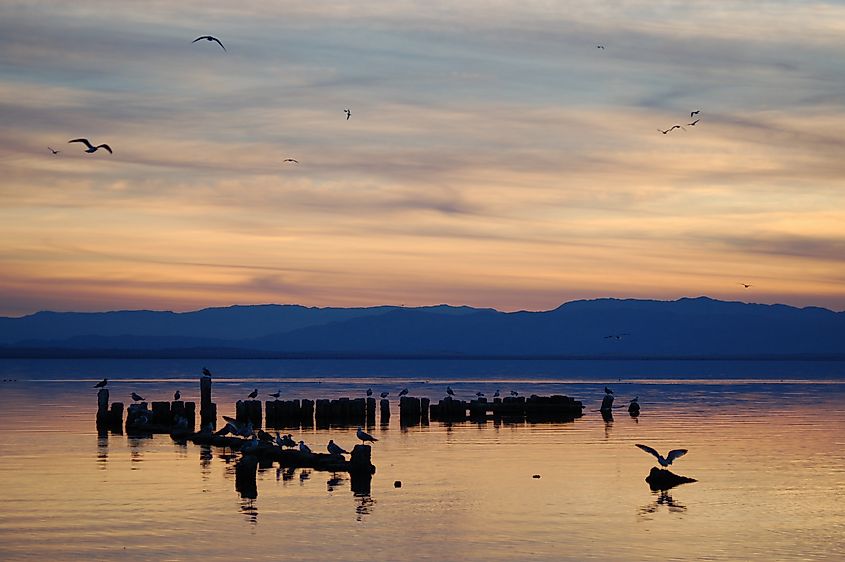
The modern version of the Salton Sea was formed not by natural forces, but by a human engineering accident. In 1900, the California Development Company began building irrigation canals to divert water from the Colorado River into the Imperial Valley to turn the desert into farmland. By 1905, spring floods overwhelmed one of the canals and broke through the headgates. For nearly two years, the entire flow of the Colorado River poured unchecked into the Salton Basin.
The resulting flood submerged towns, rail lines, and tribal lands, including parts of the Torres Martinez Desert Cahuilla Indian Reservation. The Southern Pacific Railroad scrambled to close the breach, eventually succeeding in 1907. By then, the Salton Sea was born; a lake with no natural outlet, fed only by agricultural runoff and rainfall.
A Desert Oasis Becomes a Booming Resort
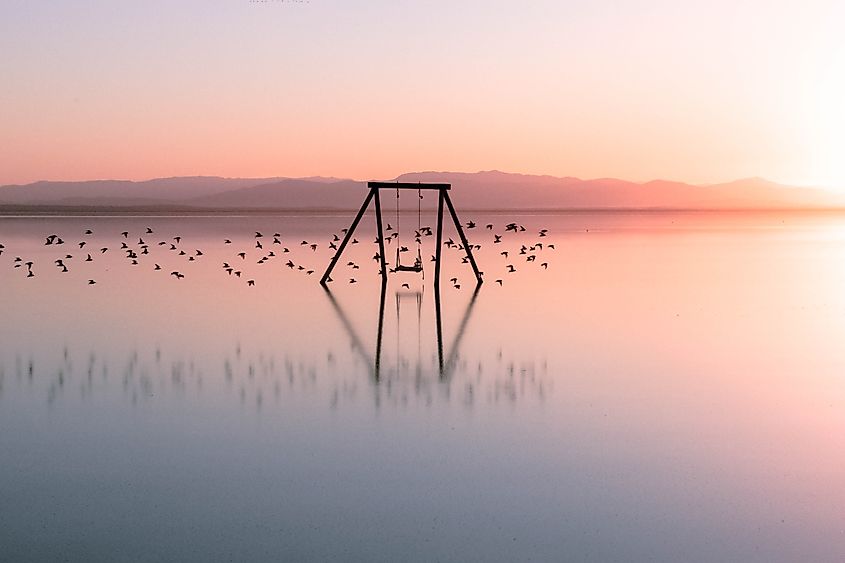
For decades, runoff from Imperial Valley farms kept the lake full. The water carried fertilizers and salts, but in the early years, the sea supported thriving fish populations and teemed with birdlife. The federal government designated a wildlife refuge along its shores in 1930. Migratory birds flocked to the lake, making it a key stop on the Pacific Flyway.
By the 1950s, the Salton Sea had become an unlikely but booming vacation destination. Fishing tournaments, water skiing, boating, and birdwatching drew over a million visitors each year. Celebrities like Frank Sinatra and Bing Crosby vacationed in lakeside towns such as Bombay Beach and Salton City. Yacht clubs, marinas, golf courses, and vacation homes sprung up around the lake’s edge.
The Collapse Begins
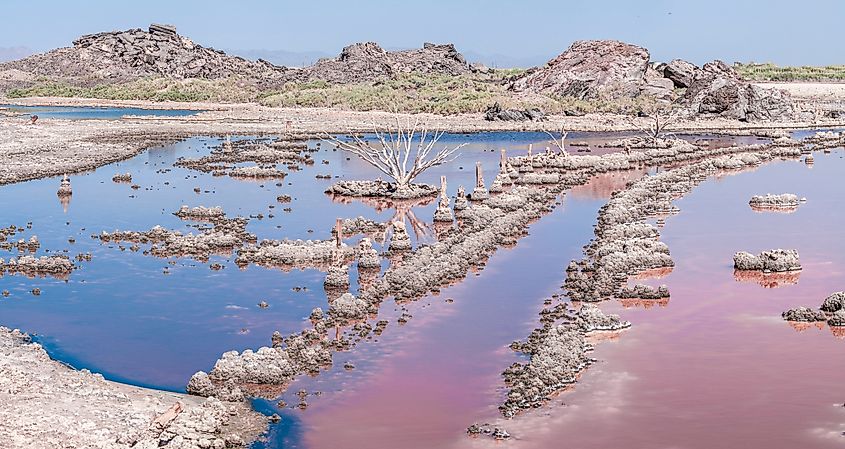
The Salton Sea’s success masked a looming environmental problem. Without an outlet, water could only escape the basin through evaporation. Over time, salts and agricultural pollutants concentrated in the lake. By the 1970s, scientists were warning that the sea would become increasingly saline and inhospitable to wildlife.
Those predictions came true. In the 1980s and 1990s, rising salinity levels began killing off fish, including tilapia and corvina. Dead fish carpeted the beaches. With fewer fish, bird populations suffered massive die-offs, particularly after consuming fish infected with botulism. The lake’s once-prized recreational value plummeted. Tourism dried up and communities built on the promise of lakefront prosperity fell into decline.
A Shrinking Sea and Toxic Dust
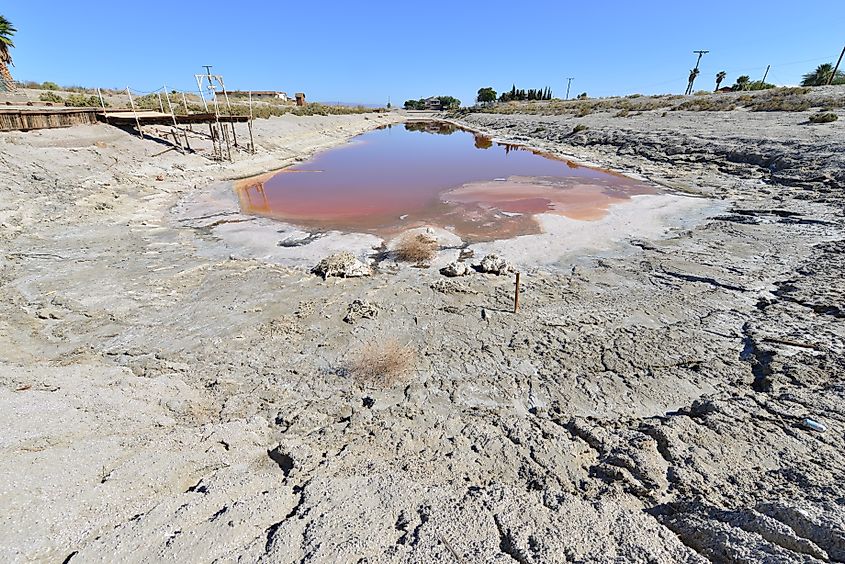
As agricultural practices became more water-efficient, less runoff flowed into the Salton Sea. In 2003, a major water transfer agreement allowed Imperial Valley water to be diverted to coastal cities, further reducing the lake’s inflow. The lake began to shrink at an accelerating pace.
As the water receded, it exposed vast stretches of lake bed known as playa. Winds swept up dust from the dry playa, carrying fine particles laced with pesticides, salts, and industrial pollutants into surrounding communities. By 2018, the mitigation water that had temporarily kept the lake stable ended. The exposed lake bed now covers more than 75 square miles and continues to grow.
Communities near the Salton Sea suffer some of the worst air quality in the country. Asthma rates in Imperial County are more than twice the national average, and many children can’t play outside on windy days. Local schools fly color-coded flags to warn about poor air quality, and families receive daily dust alerts.
Political Promises and Delayed Action
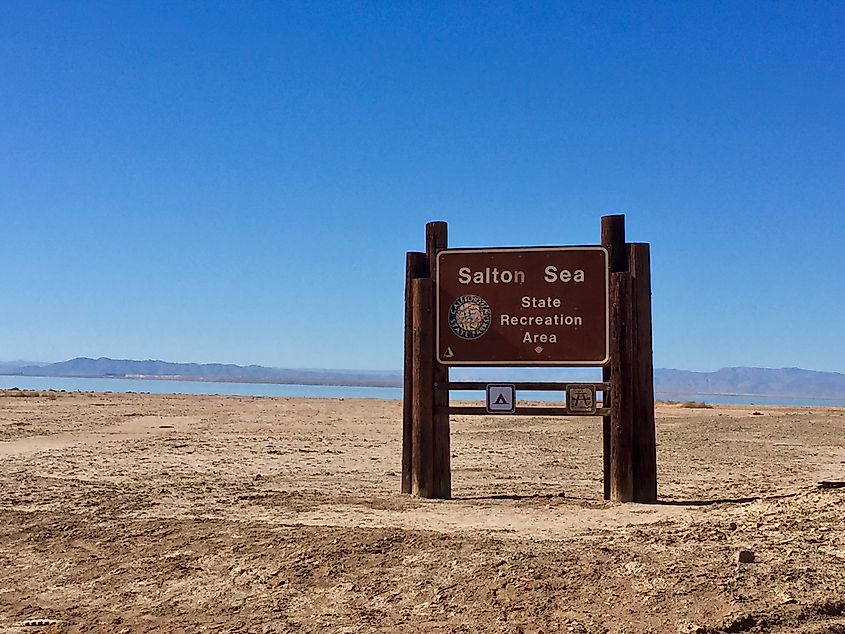
The environmental and health crisis at the Salton Sea has long been recognized by scientists and policymakers, but action has often fallen short. In 1998, the Salton Sea Reclamation Act called for studies and restoration efforts. Multiple reports, environmental impact statements, and proposed plans followed, but few were implemented.
In 2007, California proposed an ambitious $8.9 billion restoration plan involving berms, artificial lakes, and water management systems. The price tag proved too high. The Great Recession and shifting political priorities put the plan on indefinite hold.
Despite the lack of large-scale action, smaller efforts have continued. In 2017, the state launched the Salton Sea Management Program. In 2018, the Torres Martinez Desert Cahuilla Indians partnered with the state to begin restoring wetlands on the lake’s northern edge. In 2021, construction began on the Species Conservation Habitat (SCH) project, a 4,100-acre restoration zone in the New River delta. By 2025, water was flowing into the first half of the project, a step forward in building critical shallow water habitat and reducing dust.
Agriculture’s Role and Ongoing Challenges
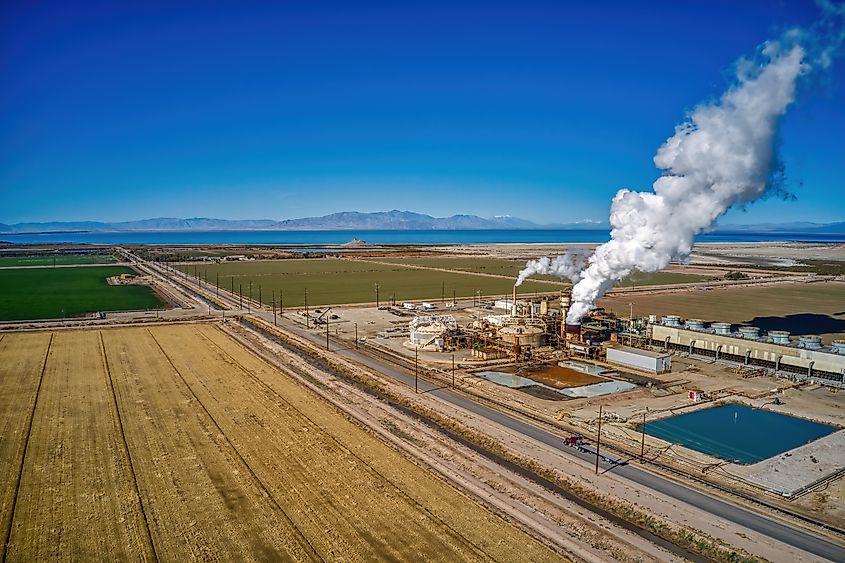
The farms of the Imperial Valley remain the primary economic engine of the region. Crops include alfalfa, Bermuda grass, and vegetables like carrots and Brussels sprouts. Much of the hay is exported overseas to feed livestock. But agriculture also continues to impact the Salton Sea’s future. More efficient irrigation means less runoff, further reducing the lake’s size.
About 36,000 acres of farmland were temporarily fallowed as part of the 2003 water transfer deal. That same agreement now exposes the state to greater responsibility for the sea’s condition. California lawmakers pledged to fund air quality mitigation, but local officials argue the state has not met its obligations.
Public Health and Environmental Justice
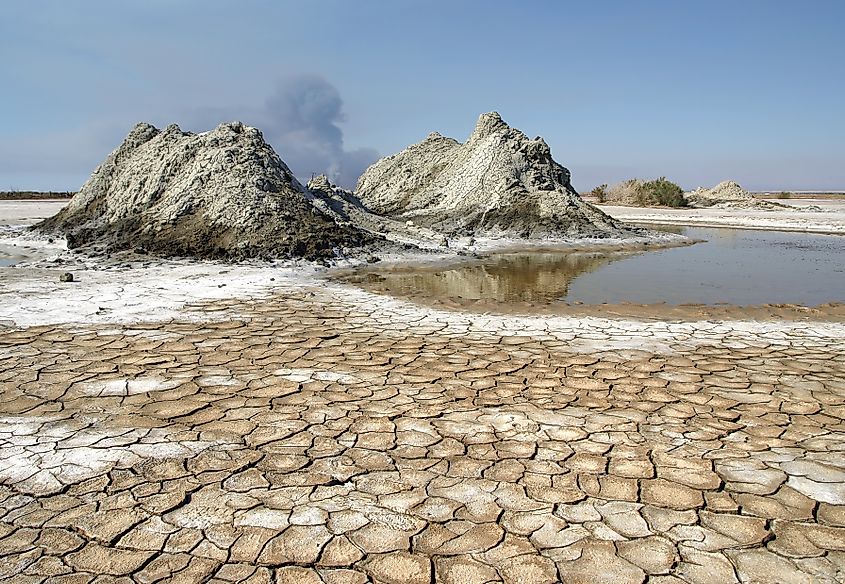
The shrinking Salton Sea is more than a scientific or ecological challenge; it’s a public health emergency and a case of environmental justice. An estimated 650,000 people live in the surrounding valley. Many are farmworkers and families with limited access to health care or political influence.
Advocates argue that the lack of comprehensive restoration efforts would never be tolerated in a more affluent part of the state. The dust from the playa drifts across county lines, and even reached Los Angeles in 2012. The stench has made headlines and been publicized as a crisis that many Californians had never heard about.
The Future of the Salton Sea
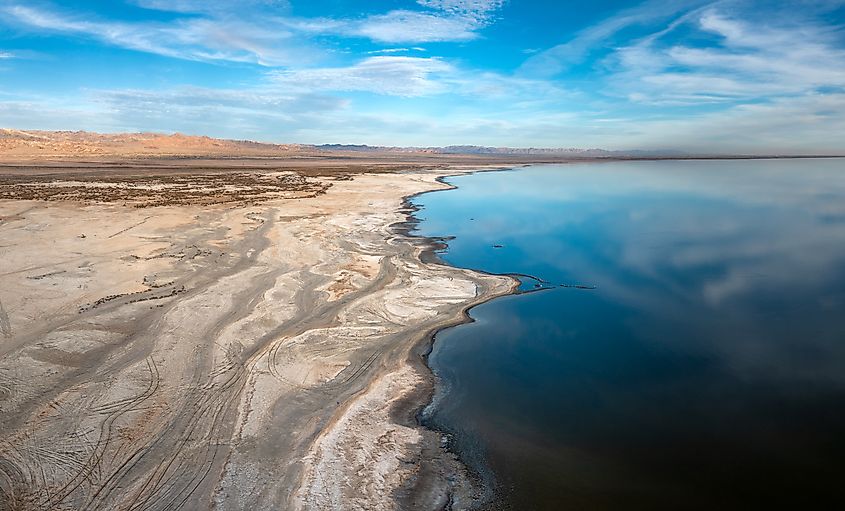
With more than a century of history and over a thousand years of natural and human habitation, the Salton Sea is too complex to fix quickly. But momentum is building. Scientists continue to monitor air quality and public health. Restoration projects are slowly advancing. Local and tribal communities are calling for sustained investment and long-term planning.
The sea will likely never return to its mid-century heyday, but with coordinated effort and sufficient funding, it could once again support wildlife, reduce toxic dust, and provide some form of recreation or habitat.
Final Thoughts
The Salton Sea is both a manmade accident and a natural reminder of the delicate balance between water, land, and life in the desert. Its story is one of promise, decline, and urgency. As California wrestles with water scarcity, climate change, and air quality, the fate of the Salton Sea will test the state’s ability to act not just when headlines demand it, but when communities need it most.
Key Milestones in Salton Sea History
| Year | Event |
|---|---|
| Pre-1700s | Lake Cahuilla fills and dries periodically |
| 1905 | Colorado River breach creates modern Salton Sea |
| 1920s–1960s | Agriculture and tourism boom |
| 1970s–1990s | Salinity rises, fish and bird die-offs occur |
| 1998 | Salton Sea Reclamation Act signed |
| 2003 | Water transfer deal begins lake’s shrinkage |
| 2018 | Mitigation water ends, lake shrinkage accelerates |
| 2021 | Construction begins on Species Conservation Habitat |
| 2025 | Water flows into new shallow habitat pond |
